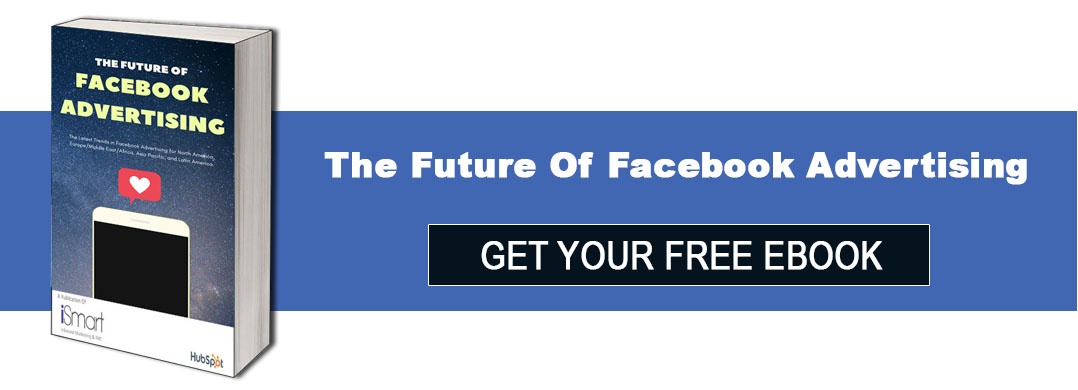
How to Build a Comprehensive Inbound Marketing Plan
September 25, 2025
How B2B Marketers Can Leverage LinkedIn Advertising
September 25, 2025
Customers are the heart of our business. In order to please customers, marketers share one goal: amplify brand-to-consumer relationships.
There is one marketing concept that sets the tone for all of the marketing activity — and it is called demand generation. Marketers often use the terms demand generation (demand gen) for lead generation (lead gen), interchangeably, but they are not the same strategies.
It is important to make the distinction between the two as marketers. They are asked to demonstrate ROI for each marketing dollar spent. So, what exactly does demand generation mean, and how is it different from concepts like lead generation or inbound marketing?
Read on to find out.
What is Demand Generation?
Demand generation covers all marketing activities that create awareness and interest in your product, company and category. It includes a mix of inbound and outbound marketing. Demand generation, however, is more than just a branding concept or early funnel marketing tactic. Ultimately, demand generation captures the umbrella of marketing programs that get customers excited about your company’s product and services.
Goals:
Brand awareness and Creation of interest.
Demand generation not only focuses on your offering but also on your category. Content designed for demand generation is generally more readily accessible and shared as much as possible.
Examples of Demand Generation content:
- A whitepaper.
- Blog posts.
- Social media posts.
- A public relation campaigns.
- A PPC
- A product video hosted on YouTube.
- A booth at a trade show.
What is Lead Generation?
Lead Generation is the process of collecting leads through form fills for the content you provide or through a website tracking software to add to your database of leads.
Goals:
Collection of qualified leads to build trust and relationship; establish the expertise of the company and nurture them through the funnel until closed as customers.
Longer sales cycles, multi-step engagements, and enterprise sales require a lead generation strategy and process.
Examples:
- A form ahead of your e-book/whitepaper/webinar.
- A form on your PPC landing page.
- Website visitor tracking of all your website visitors.
- A form kept at your booth in a trade show.
- A form to receive regular communication such as newsletters.
Remember: If you’re starting a lead generation campaign, be sure to have some sort of lead management system in place, such as HubSpot. You don’t want to create all that content only to lose your leads in the funnel.
So, what’s clear is that these two concepts of demand gen and inbound marketing/lead gen certainly go hand-in-hand. Inbound is a pivotal facet of demand gen that is needed to secure not only a high quantity of leads, but also high-quality leads.
Will your organization benefit more from Lead or Demand Generation?
The answer is almost always both. Lead generation strategies are a critical part of a demand generation program. Without landing page, forms etc., your organization may struggle to capture the contact information you need to begin conversations that translate to pipeline and revenue. However, you must also focus on building the awareness and authority you need to get qualified prospects to your website in the first place, as well as the nurturing and sale enablement efforts to bring more value to the business. For most B2B organizations, a demand generation strategy that includes lead generation tactics is likely to drive the best results.
Conclusion:
In a nutshell, demand generation shapes perception, and lead generation is a data-gathering system. It is critical to have a marketing plan that consists of both demand generation and lead generation. Each individual piece of content should be trying to do one or the other, not both at once. You have to distinguish lead-generating content from demand-generating content and craft each one accordingly.



